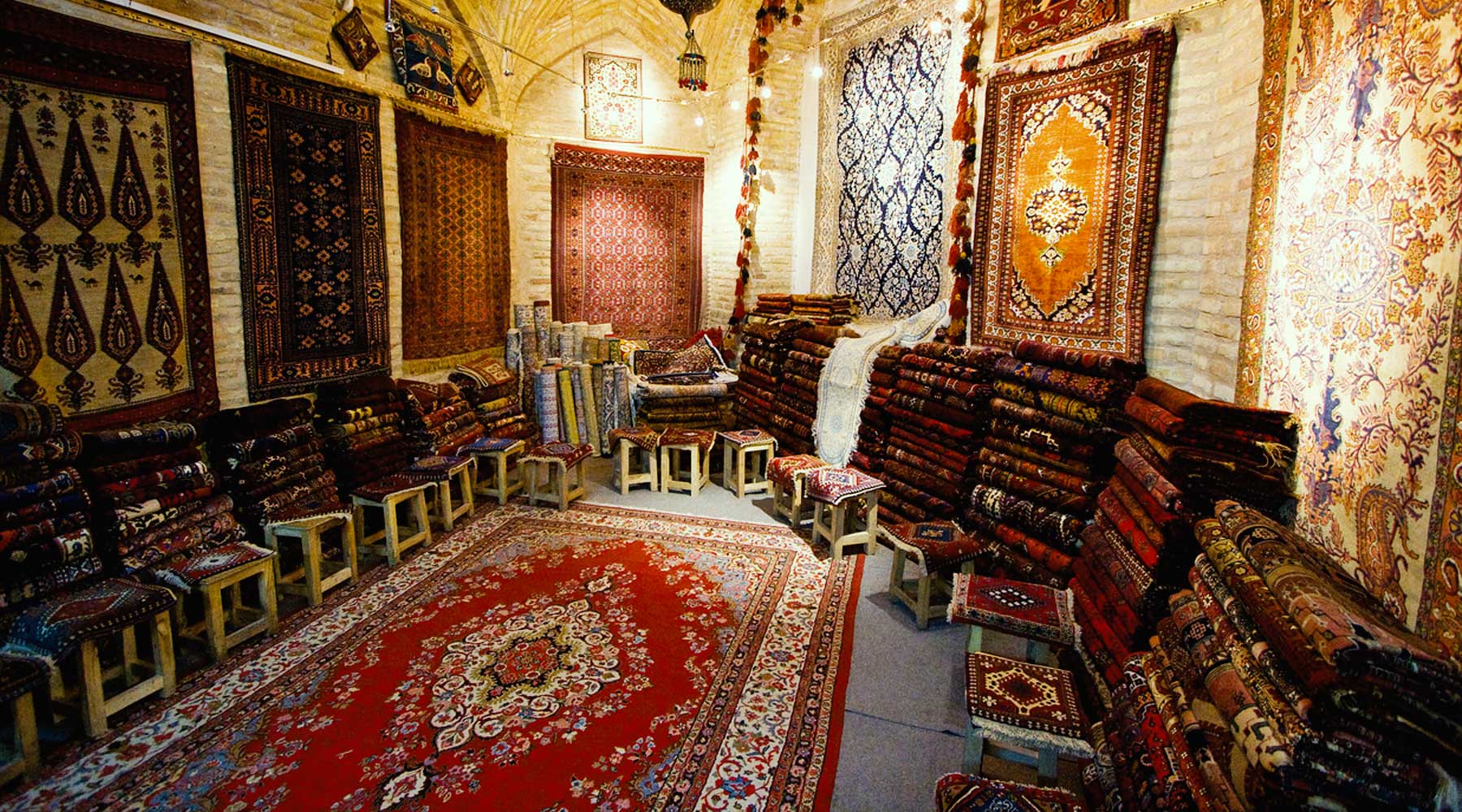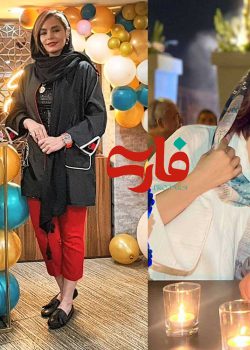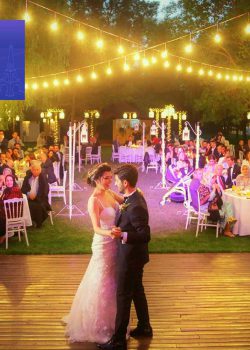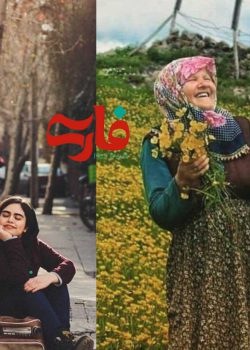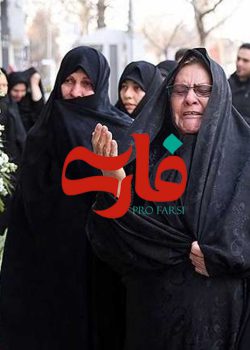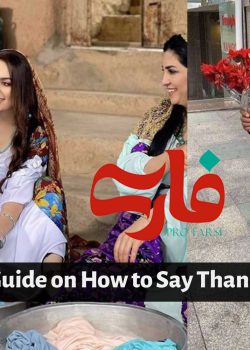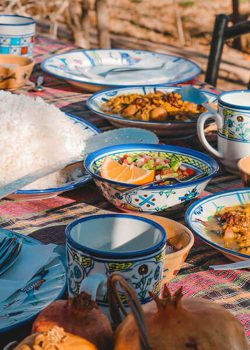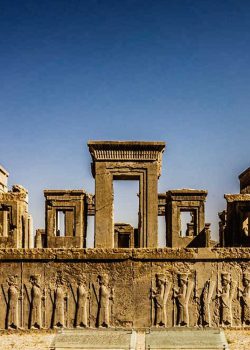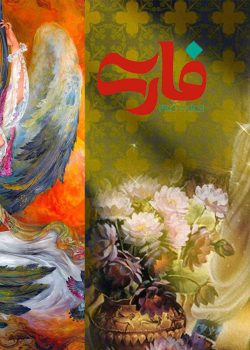4 Types of Persian Rugs and How to Identify Them
Persian rugs are revered worldwide for their exquisite craftsmanship, elaborately detailed designs and vibrant history. Hailing from Iran, these textile masterpieces represent one of the finest textile art forms today and a symbol of sophisticated taste.
In this blog post, we’ll dive deep into the fascinating world of Persian rugs and explore four popular types that have captivated collectors and rug enthusiasts for centuries. We will examine their distinctive features and reveal helpful insights into how best to identify and appreciate such remarkable pieces.
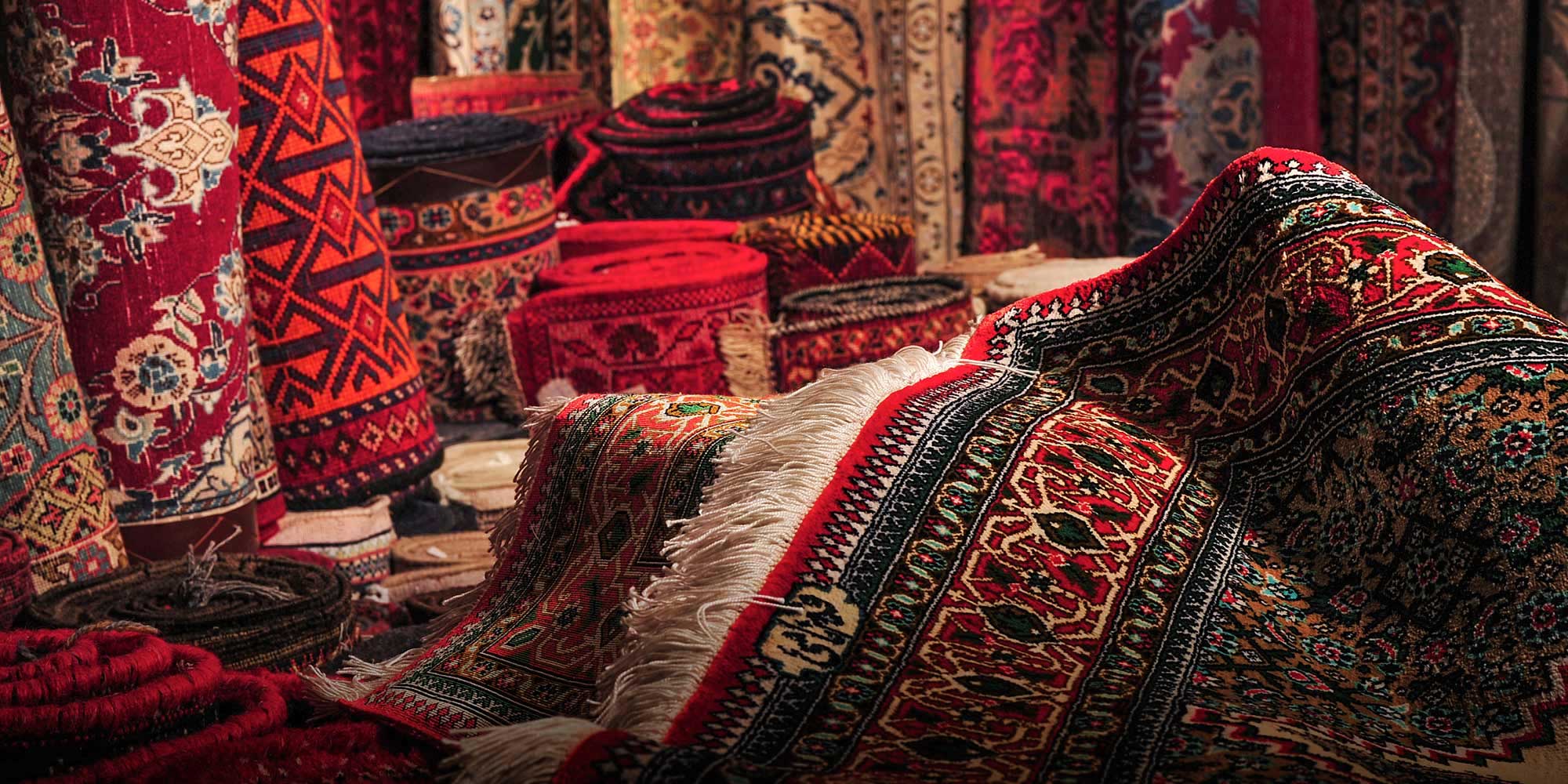
Persian Rug Basics
Persian rugs boast an extensive history dating back millennia. Evidence of rug weaving dates all the way back to antiquity with remnants found at archaeological sites; gradually over time weaving techniques and designs evolved in Iran based on different dynasties, cultures, and regions within Iran – eventually becoming part of Iran’s cultural heritage today.
Materials and Techniques: Persian rugs are created from premium-grade materials using special weaving and knotting techniques. Wool is the primary material, known for its resilience and vibrant colors; silk may also be employed, particularly in more luxurious pieces. Weaving involves hand-knotting individual threads onto a loom to form a sturdy yet tightly woven foundation; skilled artisans use various knotting methods, such as Persian knots or asymmetrical knotting, to achieve unique patterns and textures in the final rug designs.
Understanding the fundamentals of Persian rugs provides the necessary framework for exploring their distinctive features and characteristics. We will now take a deeper dive into four types of Persian rugs, each boasting their own allure and artistic expression.
4 Types of Persian Rugs
Tabriz Rugs
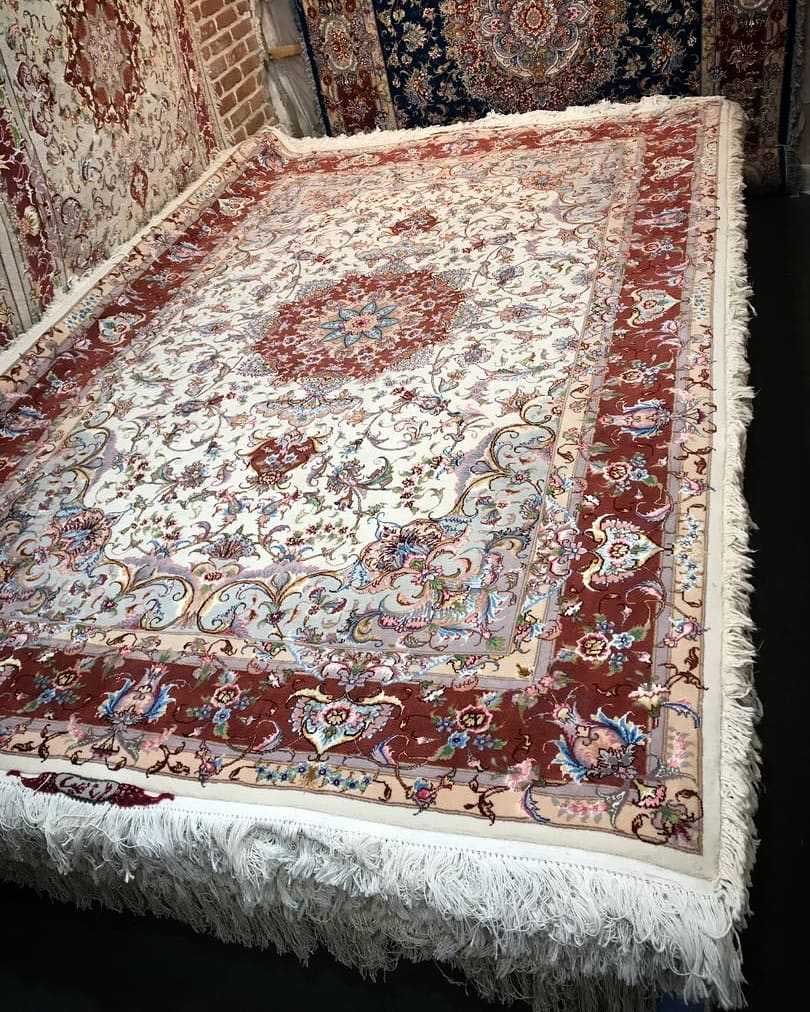
Tabriz rugs are among the most well-recognized and revered varieties of Persian rugs, hailing from Tabriz city in northwestern Iran. Tabriz has a rich tradition of rug weaving that dates back centuries; and is known for producing fine yet detailed rugs.
Design and Patterns
Tabriz rugs feature patterns that range from floral motifs to geometric shapes. Many feature a central medallion surrounded by arabesques or similar small-scale decorations, executed with painstaking detail and precision. Tabriz rugs are famed for their symmetrical layouts which create harmony and elegance within their designs.
Tabriz rugs typically feature an abundance of vibrant hues that range from deep blues, vibrant reds, earthy browns, soft pastels, and earthy tones derived from plants, roots and insects. Their colors make these pieces truly captivating rugs!
Materials and Quality
Tabriz rugs are hand woven from high-grade materials, such as wool, to ensure durability and longevity. Some models even incorporate silk for luxurious sheen and maze-like patterns. With such tight weaving techniques and an increased knot count resultant in dense plush piles.
Signature Features of Tabriz Rugs
Tabriz rugs often possess distinguishing features that set them apart. These may include elaborate borders with arabesque motifs and high levels of detail.
Understanding the unique characteristics of Tabriz rugs helps you identify and appreciate their beauty.
Kashan Rugs
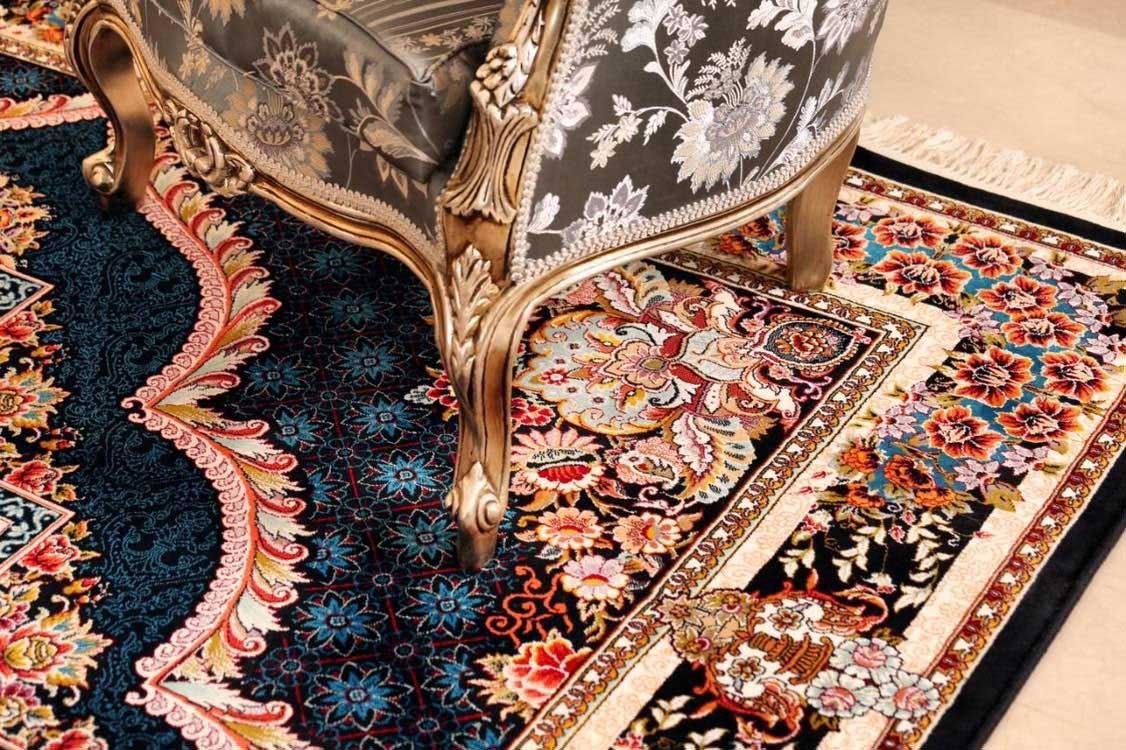
Originating in Kashan, a city located in the arid regions of central Iran, these timeless classics boast centuries of history. Treasured for their patterns, superb weaving, and a history dating back centuries, Kashan rugs remain treasures today!
Design and Patterns
A central medallion often stands out among this composition and can be found surrounded by intricate borders full of detailed motifs; its execution requires great skill.
Kashan rugs are famous for their vivid and sophisticated color palette. Boasting vibrant blues, rich reds, warm earth tones and delicate pastel hues all achieved using natural dyes, their captivating palette of hues ages beautifully with time.
Materials and Quality
Kashan rugs are handcrafted using premium materials, including wool as the primary fiber. High-grade wool ensures durability and softness underfoot; some designs even incorporate silk accents for an additional lustrous sheen. All rugs are carefully hand knotted by skilled craftspeople with great attention paid to creating dense and luxurious piles.
Signature Features of Kashan Rugs
Kashan rugs are known for their fine craftsmanship and attention to detail, featuring high knot counts for an outstanding quality that arrests the gaze. Furthermore, the borders often sport beautiful designs to showcase the skill of weavers while at the same time show off the artistry of weavers.
Kashan rugs are highly prized among collectors and enthusiasts due to their timeless beauty and artistic value.
Isfahan Rugs
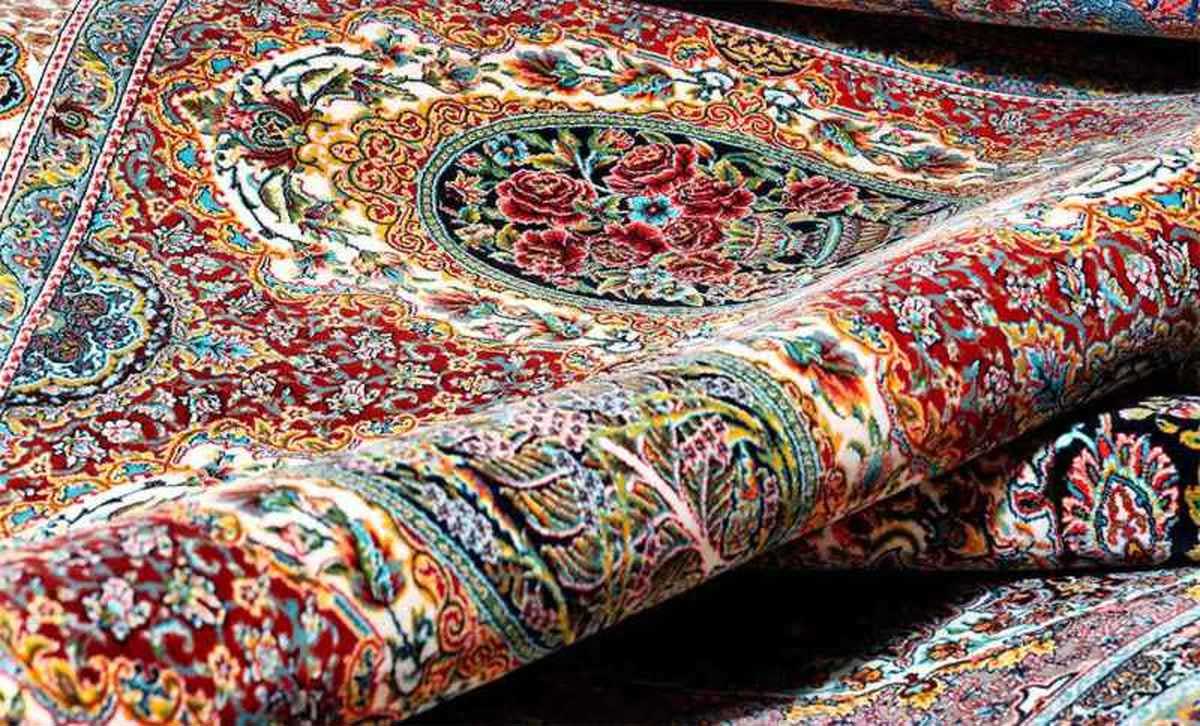
Isfahan rugs, named after their origin in the city of Isfahan in central Iran, are widely acclaimed for their stunning visual structure. Let’s take a look at what makes them unique.
Design and Patterns
Isfahan rugs boast an assortment of design elements inspired by Persian motifs and Islamic geometric patterns. Their hallmark feature is again a central medallion, often flanked by floral motifs or arabesques, which are also present on the borders. This medallion is sometimes similar to that of Kashan rugs, a similarity perhaps due to the geographic proximity of their origin cities.
Isfahan rugs are known for their harmonious color palettes. Their jewel-like color tones range from deep blues, vibrant reds, and elegant greens — in best cases created using natural dyes — creating a complex spectrum that adds depth and warmth to each rug.
Materials and Quality
Isfahan rugs are handcrafted using high-grade materials such as silk and wool, creating soft yet resilient rugs with dense piles. Each rug is knotted by hand with great skill to ensure lasting quality.
Signature Features
Isfahan rugs are known for their complex details, featuring high knot counts that add quality. Their balanced and symmetrical compositions reflect harmony and sophistication.
Heriz Rugs
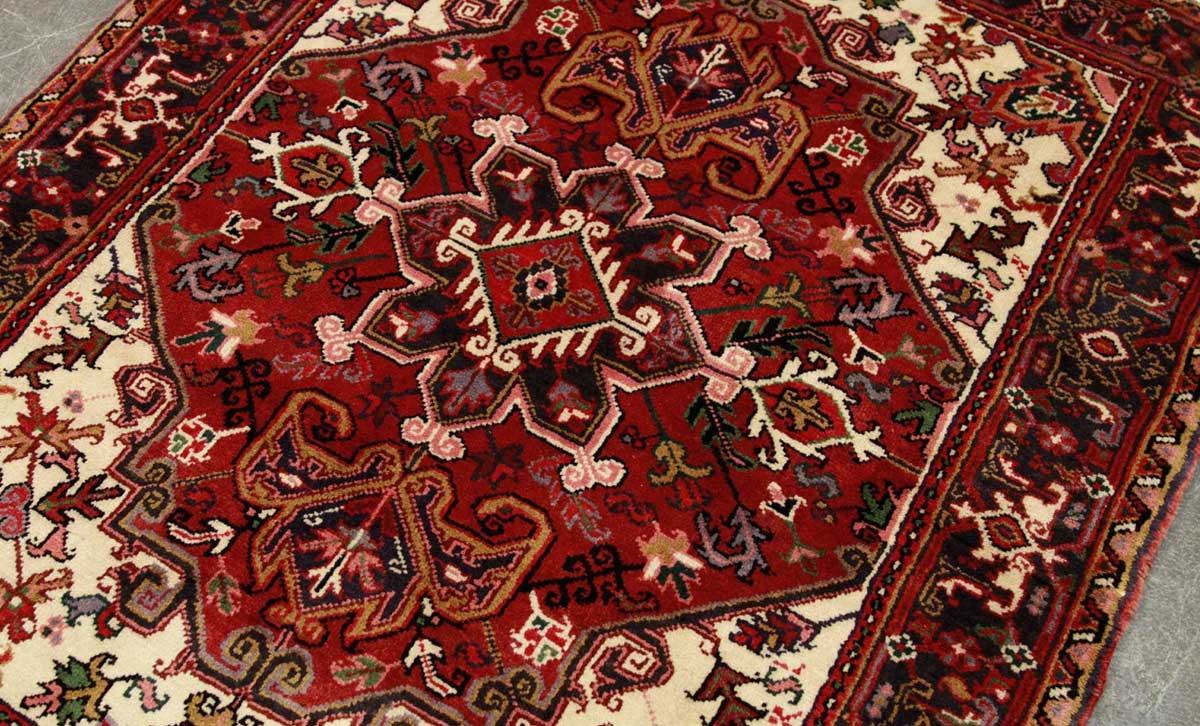
Heriz rugs, more commonly referred to as Serapi rugs, are known for their striking geometric designs, vivid earthy hues, and sturdy construction. Originating in northwest Iran’s Heriz region, they have gained international renown due to their distinct style and lasting charm.
Design and Patterns
Heriz rugs are distinguished by bold geometric designs characterized by bold center medallions surrounded by intricate geometric, vaguely floral patterns that radiate outward in all directions.
Heriz rugs tend to feature a warm and earthy palette with prominent hues such as deep reds, striking blues, warm oranges and various shades of brown. These hues are achieved using natural dyes derived from plants and minerals to give the rug its timeless yet organic character.
Unique Patina and Ageing
Heriz rugs are known for their special ability to develop an irresistibly attractive patina over time, becoming even more attractive as their colors soften with age and the wool gains its soft sheen, adding character and increasing value over time.
Heriz rugs are highly prized by collectors and rug enthusiasts due to their distinct style, durability, and timeless appeal. These carpets make a bold statement both traditionally and contemporary settings while adding warmth and character.
Conclusion
We hope this guide has provided you with valuable insights into the world of Persian rugs and their diverse types. Whether you choose a Tabriz rug, a Kashan rug, an Isfahan rug, a Heriz rug, a Qashqai rug, or a Nain rug, you are investing in a piece of art that encapsulates centuries of tradition, culture, and beauty.
Related Posts

